#cambodia
While travelling in Cambodia, and stuck in the southern coastal city of Sihanoukville, I had my fill of tourist-packed locations, and got a tuk tuk driver to show me where the local Cambodians live. I was surprised he took me to what appeared to me as a slum, but there I found really nice people who were more than happy to be photographed.
Post link
“Nixon’s Peace”
Organization of Solidarity with the People of Asia, Africa and Latin America
Cuba
1972
Post link
Some of the temples in Angkor Wat are over a thousand years old but it’s only in recent history that they’ve been excavated and protected by Unesco.
When the archeologists first came here, they removed as many trees as possible to reveal and save the temples. It’s amazing to think that the trees that have become so iconic and popular are only there because removing them would destroy the temple underneath. #cambodia #siemreap #angkorwat (at Angkor Wat, Siem Reap, Cambodia )
Post link
Angkor Wat Temple in Cambodia is one of my favorite photography destinations in the world. As you can see, sunrises can be especially beautiful.
—
#siemreap #cambodia #angkorwat
Post link
-សេរីភាព-
-Khmer Freedom-
-Just want to show some love to my Khmer brothers and their families . April 17th 1975 is a day that started a nightmare that ravaged and destroyed so many lives in Cambodia. So many people were forced to flee the country they loved. Forced to travel through war torn areas with nothing and doing whatever they could to survive. So many traveled through hell to bring their families to America in pursuit of a better life. If youve heard the stories this day started and what followed itd wreck your heart. So much respect to those that made it, lost everything so that their families could live and see brighter days and also to those who are no longer with us. NEVER FORGET. LOVE PEACE AND FREEDOM TO THE KMHER PEOPLE. #refugee #khmer #cambodia #freedom
•
•
•
•
•
•
•
•
•
•
•
•
#bakemono0504 #calligraphy #fraktur #50words #typography #tattoo #calligraphygang #letteringart #calligraffiti #lettering #kaligrafi #artistsoninstagram #blackletter #handmadefont #moderncalligraphy #handtype #blackexcellence #blackartist #colorado #denverartist #coloradoartist #tattooidea #芸術 (at Aurora, Denver , Colorado , USA)
https://www.instagram.com/p/B_HGPseB9P_/?igshid=15yyabns5j1s0
Post link
Amy Lee Sanford, b. USA, 1972
Full Circle
Cambodia (2012)
Durational performance
[Source], [Source]
Roger Nelson writes for The Advisor:
Full Circle is an unusual artwork: a durational performance piece which will challenge and transfix both artist and audience. For six consecutive days, Amy Lee Sanford will sit amid a circle of 40 Kompong Chhang clay pots. Slowly and deliberately, she will break one pot by dropping it on the floor. She will then gather the pieces and meticulously glue the pot back together, binding the fragments with string and returning the remade pot to the circle. Over six days, all 40 pots will be broken and remade in this way.
“I create art in order to observe, examine and transform the lasting effects of war, including trauma, loss, displacement and guilt,” Sanford explains. The repetitive process of breaking and remaking the pots, mesmerising in itself, is also richly allegorical of ways in which Sanford – like countless Cambodians – has had to reconstruct her understandings of her life and family.
Raised in the US by her Swedish-American adopted mother, she was the only Asian in her neighbourhood. “My father wrote frequent letters to my mother and me, but after April 17 1975, the letters stopped coming… After many months, and ultimately years of silence from his end, my mother made the painful deduction that he had been murdered by the Khmer Rouge, especially since my father was a known intellectual and educator. I grew up with the belief that all of my family had been killed during the Khmer Rouge era, and that I was the only surviving member of my bloodline. After only 13 years of life with my (adopted) mother, she died suddenly when I was 15. That loss
the first time in 30 years, to meet my uncle and cousins. The three- week whirlwind visit was exciting, exhilarating, and exhausting.” Full Circle is not the first of Sanford’s works to address the cycles of trauma in both her personal biography and the nation’s history,but it is the first in this radical format.
Post link
Compiled by Asians4BlackLives primarily based on research by AATimeline,VietUnityandSEARAC
From January 19-25, 2019, impacted communities, social justice and advocacy organizations, and other allies across the country will launch a national week of action to stand with Southeast Asian American communities as they continue to be terrorized by policies of mass incarceration and deportation. This week of action, which spans 15 cities across the country, is on the heels of one of the largest Southeast Asian deportation flights in United States history and coincides with Martin Luther King Jr. Day. In honor of Dr. King’s memory, we call on our country to remember the three evils—racism, militarism and poverty—that continue to devastate and divide Southeast Asian, Black and Brown communities: bit.ly/SEAAWeekofAction
The timeline below was developed to help the public learn about the connection between US imperialism and war in Southeast Asian and the current struggle of Southeast Asian immigrant and refugee communities against deportations. A downloadable PDF version is available which can be folded into a mini-zine.
1953
The U.S. provides military aid to France to suppress Vietnam freedom fighters, helping France maintain Vietnam as its colony.
1961
U.S. involvement in the “Secret War” in Laos deepens. U.S. presence in Laos aids its military presence in Vietnam. The CIA recruits Hmong and other ethnic minority groups living in Laos to guerilla units fighting for the Royal Lao Government. Details of this war were not disclosed to the public, and were often completely denied.
1963
A U.S.-approved military coup overthrows President Ngô Đình Diệmin of Vietnam.
1965
President Lyndon B. Johnson deploys American combat troops to Vietnam. Domestic demonstrations against the U.S. war in Vietnam begin.
1964-73
The U.S. drops more than 2.5 million tons of ordnance on Laos over the course of 580,000 bombing missions. This is equal to a planeload of bombs every 8 minutes, 24-hours a day, for 9 years.
1965-1973
The U.S. drops 2,756,941 tons of ordnance on Cambodia. This is more than the Allies dropped in the entirety of World War II. Information about the first four years of bombing was not made public until 2000.
1968
My Lai Massacre – US soldiers kill as many as 504 Vietnamese civilians including 119 children & 27 elderly.
1973
The U.S. & North Vietnam sign a ceasefire agreement.
The U.S. withdraws troops from Laos.
1975
The U.S. War in Vietnam comes to an end.
U.S. war and military presence in Southeast Asia leads to the rise of oppressive governments in both Cambodia & Laos. After a 5-year civil war in Cambodia, the Khmer Rouge captures the capital city of Phnom Penh and a genocide of 1-3 million people begins in Cambodia.
The U.S. authorizes the entry of 130,000 evacuees from Vietnam, Cambodia, & Laos.
1978
A second wave of refugees begin to leave Vietnam, many by sea. Journeys by boat are dangerous and many refugees don’t survive the trip. Many countries become unwilling to accept refugees.
1979
The UN establishes the Orderly Departure Program to deal with various waves of refugees leaving Southeast Asia. The U.S. becomes the largest country of second asylum. People continued to leave their homelands as a result of the U.S. War in Vietnam through the early 1990s.
1980
U.S. Congress passes the Refugee Act.
1987
In California the Creation of the Gang Reporting Evaluation & Tracking database heightens the profiling and flagging youth of color as gang members.
1980s-1990s
Many Southeast Asian refugees resettle in already underserved neighborhoods and must compete for low-wage jobs or face unemployment. Many lack access to health care, mental health services, and support for Post-Traumatic Stress Disorder.
The rise of the school to prison pipeline: over-stretched public schools with inadequate resources lead to disengagement and dropouts with youth then being pushed into violence and juvenile detention facilities with few pathways to return to school.
1994
A national report finds that more than 30 percent of all Southeast Asian households in the US depend on welfare for survival. Among Cambodian and Laotian communities in California, the percentage of those on welfare reaches 77 percent.
The state of California passes Proposition 187, denying undocumented immigrants public services like education & healthcare.
The state of California passes Proposition 184, Three Strikes Sentencing Initiative, the nation’s toughest mandatory sentencing law.
U.S. Congress passes the Violent Crime Control and Law Enforcement Act, the largest crime bill in the history of the U.S. It provided for 100,000 new police officers, $9.7 billion in funding for prisons, $1.2 billion for border control, deportations, asylum reform and a tracking center for immigrants with convictions., $1.8 billion to reimburse states for incarceration of immigrants who also had convictions. . It also expedited deportation for immigrants who are not lawful permanent residents and who are convicted of aggravated felonies.
1996
U.S. Congress passes the Personal Responsibility and Work Opportunity Reconciliation Act, a welfare reform bill. Immigrants who were on welfare were immediately removed if they were in the US for less than 5 years. Only immigrants who have been in the US for over 5 years can receive welfare.
U.S. Congress passes the Illegal Immigration Reform & Immigrant Responsibility Act, setting mandatory detention and deportation laws that apply retroactively, making refugees and lawful permanent residents vulnerable to deportation. Forms of immigration relief previously available to people with convictions are eliminated. It also eliminates judicial review for cases.
2001
U.S. Congress passes the USA Patriot Act after September 11th, ushering in a new era of racial profiling, immigrant detentions, and deportations.
2002
First repatriation agreement between U.S. and Cambodia for Cambodia to accept deportees.
2008
The U.S. signs an agreement with Vietnam not to deport Vietnamese immigrants who entered the U.S. before July 12, 1995.
2017
The U.S. sanctions visas for Cambodia, Laos, and Myanmar to pressure them to accept deportees.
2018
The U.S. goes back on its 2008 agreement with Vietnam in an attempt to deport more Vietnamese people.
More than 110 Cambodian people are deported in the calendar year, the highest number in U.S. history. 750+ Cambodian, 200+ Laotian, and 550+Vietnamese community members have been deported since 2002.
Additional sources: Legacies of War. “Secret War in Laos.” Legacies of War, legaciesofwar.org/about-laos/secret-war-laos/; Taylor Owen. “Bombs Over Cambodia.” The Walrus, thewalrus.ca/2006-10-history/; Ashley Dunn. “Southeast Asians Highly Dependent on Welfare in U.S.” The New York Times archive, https://www.nytimes.com/1994/05/19/us/southeast-asians-highly-dependent-on-welfare-in-us.html.


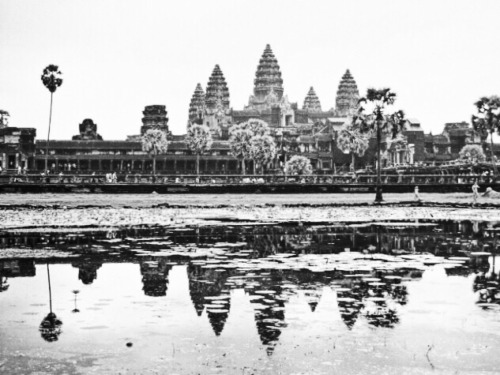
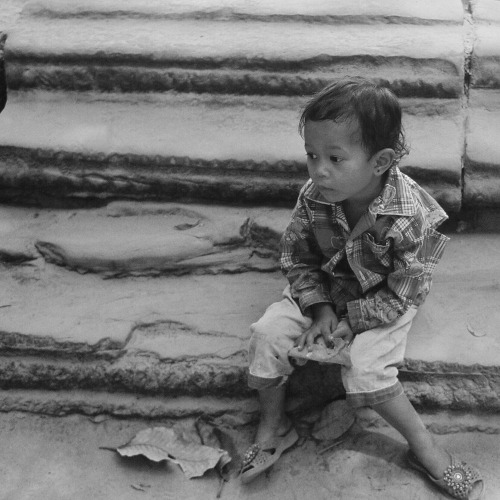






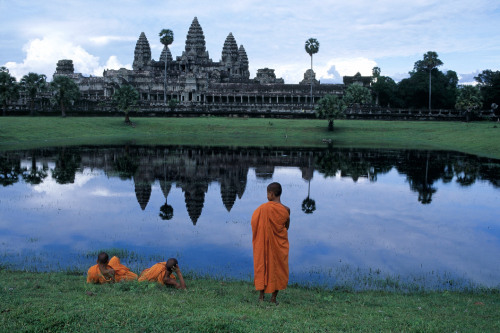



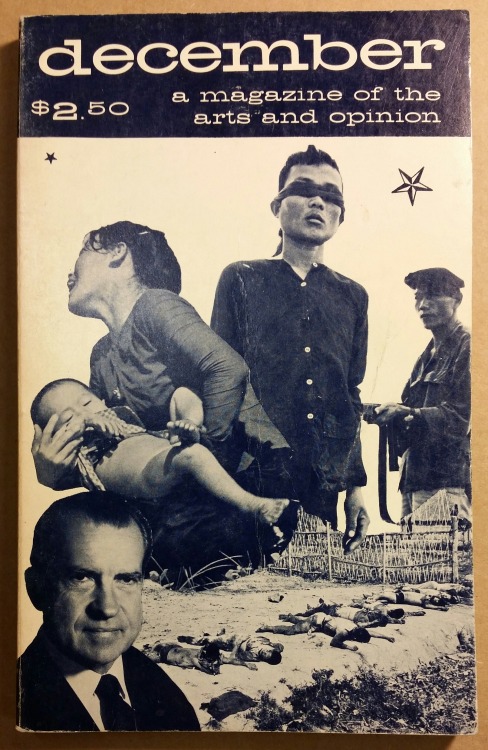
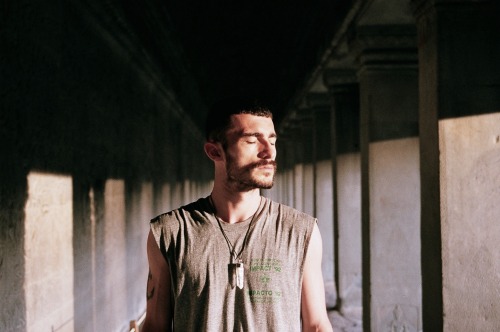
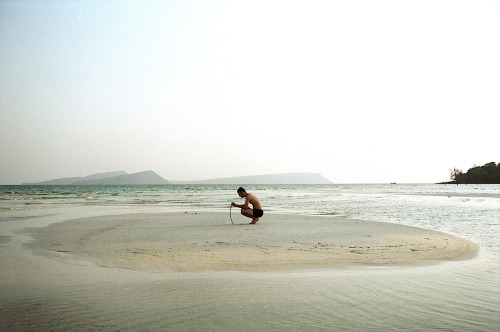

![Amy Lee Sanford, b. USA, 1972Full CircleCambodia (2012)Durational performance[Source], [Source]Roger Amy Lee Sanford, b. USA, 1972Full CircleCambodia (2012)Durational performance[Source], [Source]Roger](https://64.media.tumblr.com/443b3502bcdae2aba4a9e1473b7f24be/tumblr_pc8akga0ih1ug5xwdo1_r1_500.jpg)
![Amy Lee Sanford, b. USA, 1972Full CircleCambodia (2012)Durational performance[Source], [Source]Roger Amy Lee Sanford, b. USA, 1972Full CircleCambodia (2012)Durational performance[Source], [Source]Roger](https://64.media.tumblr.com/7a33302e529a73cff9406552c8b13efe/tumblr_pc8akga0ih1ug5xwdo3_r1_500.jpg)
![Amy Lee Sanford, b. USA, 1972Full CircleCambodia (2012)Durational performance[Source], [Source]Roger Amy Lee Sanford, b. USA, 1972Full CircleCambodia (2012)Durational performance[Source], [Source]Roger](https://64.media.tumblr.com/ce7b6e26dc795407e96ee3b628506c69/tumblr_pc8akga0ih1ug5xwdo2_r1_500.jpg)
![Amy Lee Sanford, b. USA, 1972Full CircleCambodia (2012)Durational performance[Source], [Source]Roger Amy Lee Sanford, b. USA, 1972Full CircleCambodia (2012)Durational performance[Source], [Source]Roger](https://64.media.tumblr.com/22aa74029cecbcc3f30ffb18be85462b/tumblr_pc8akga0ih1ug5xwdo4_r1_500.jpg)


